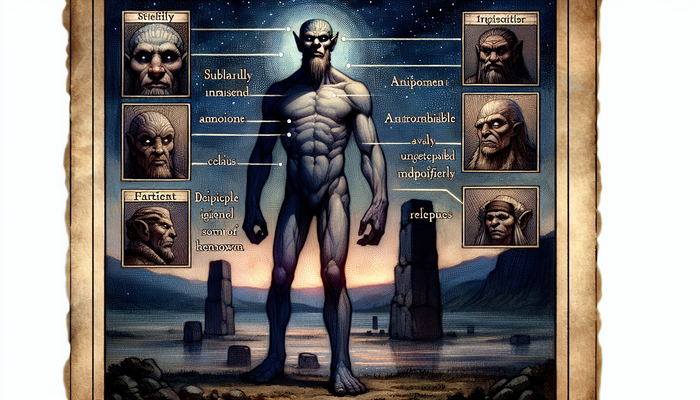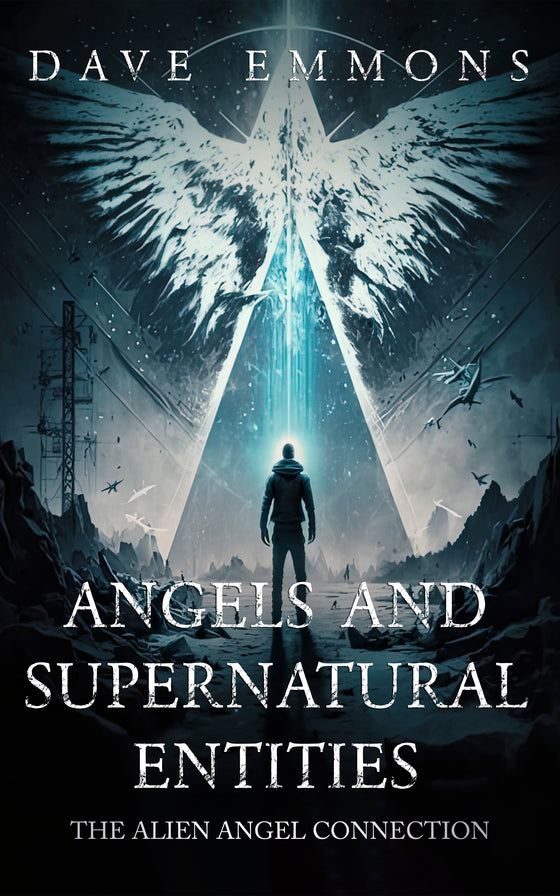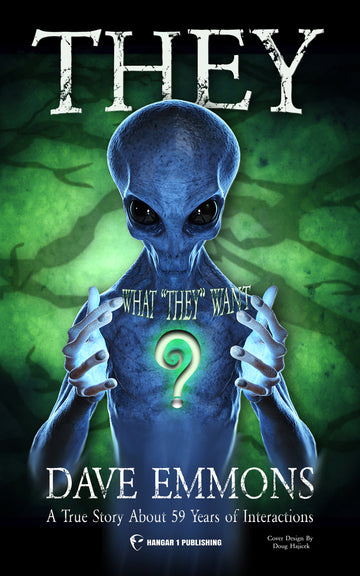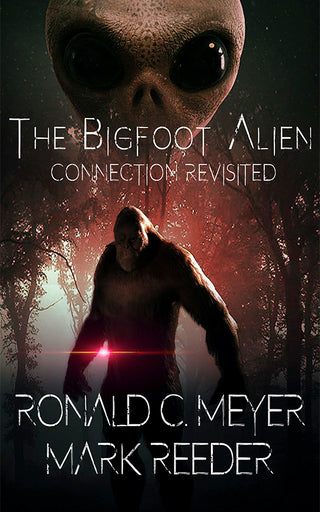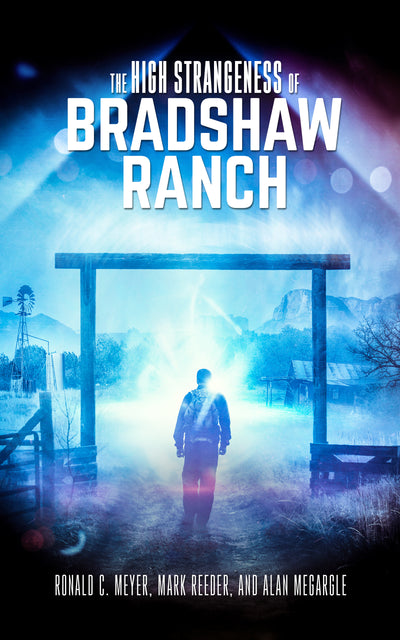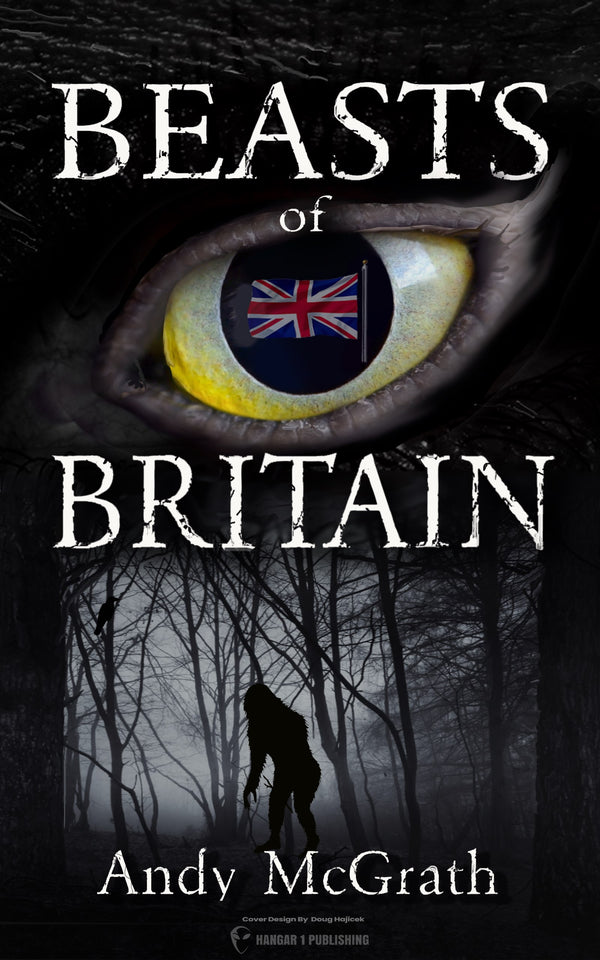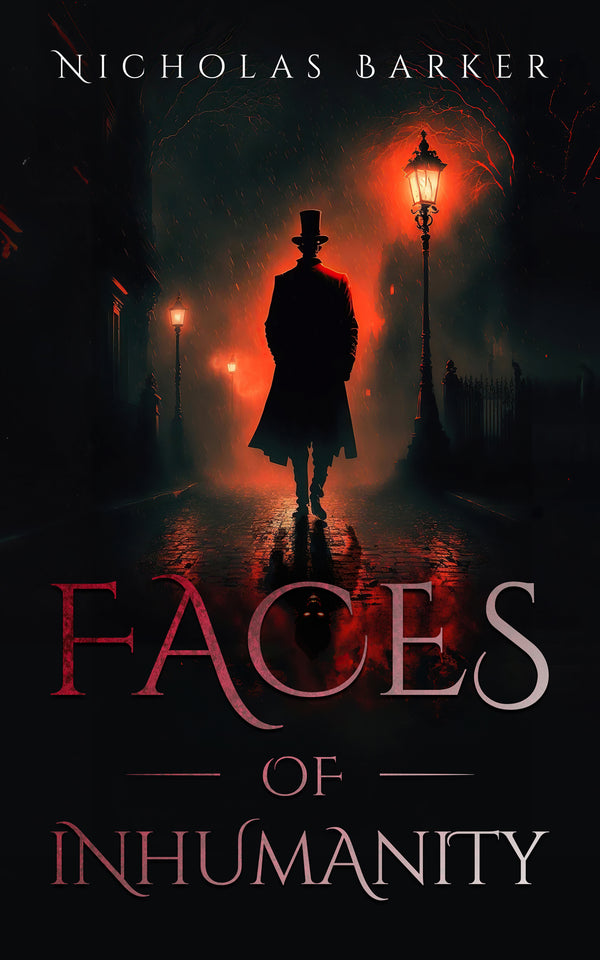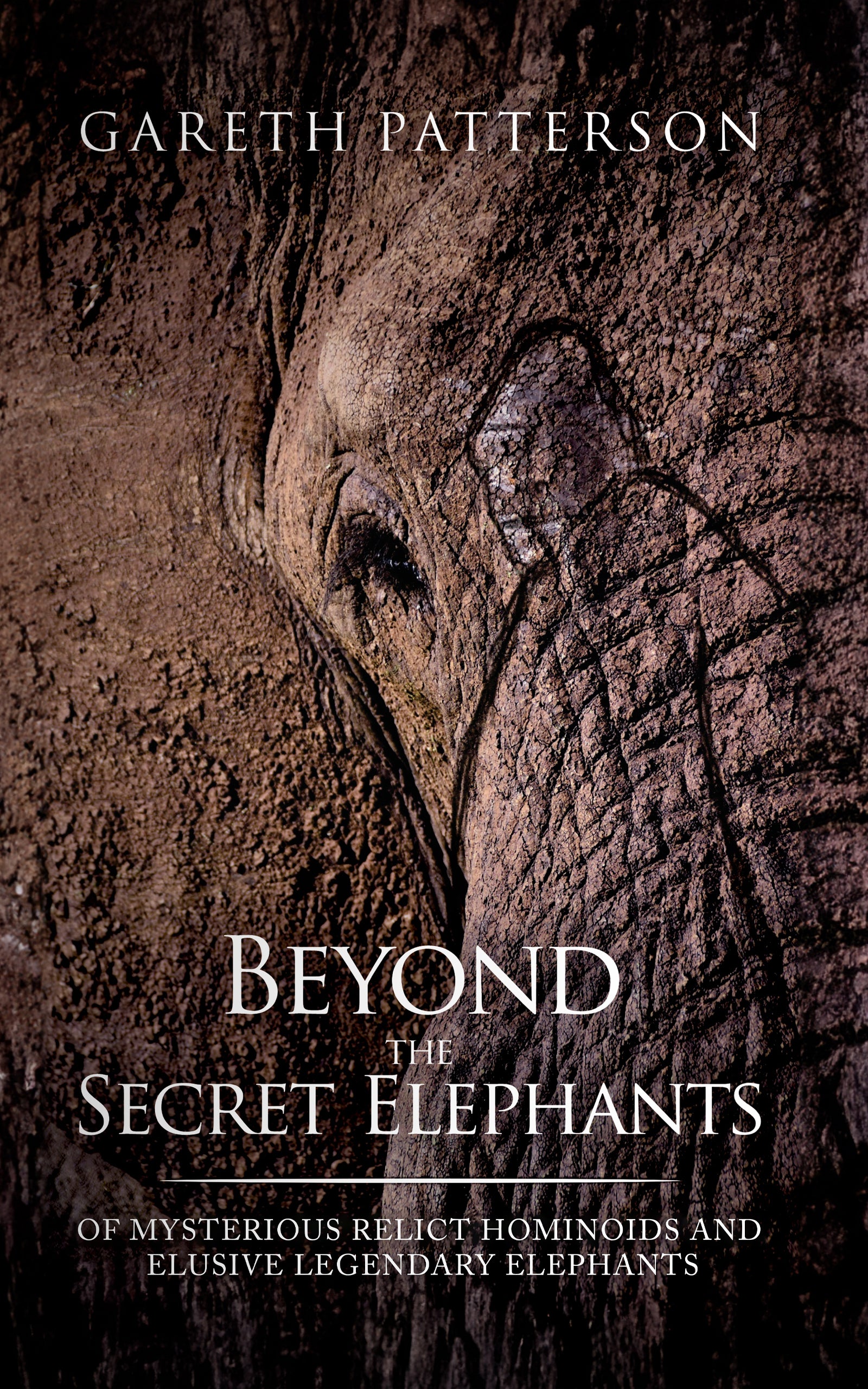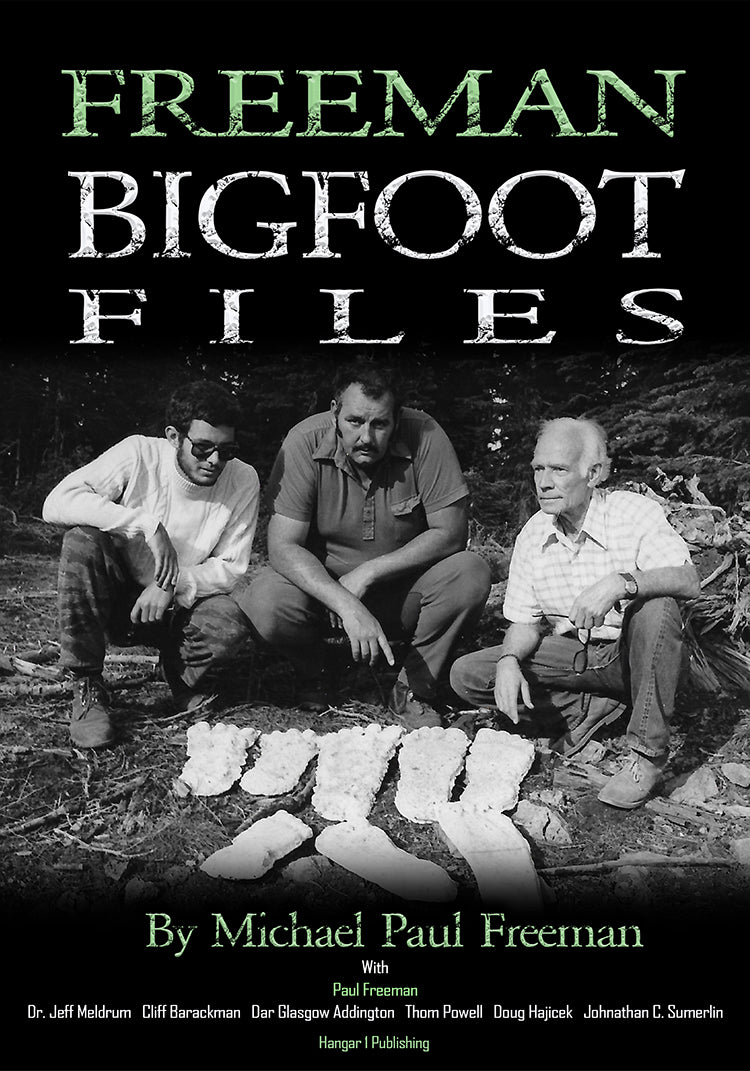Mass UFO Sightings: 80 Years of Multi-Witness Evidence and What It Reveals

By Malcolm Blackwood, Ufologist
Why Mass Sightings Are the Gold Standard
I've spent over thirty years filing FOIA requests and analyzing government documents about unexplained aerial phenomena. In that time, I've learned one thing: mass sightings-events witnessed by numerous independent observers-are the bedrock of credible UAP research.
Here's what most people don't understand. While tens of thousands of UAP reports get filed every year, true mass sightings are exceptionally rare. The National UFO Reporting Center database contains over 100,000 reports, but only a tiny fraction involve multiple witnesses. Yet these high-witness events, especially those backed by sensor data, have shaped public opinion and government policy for eight decades.
The difference comes down to triangulation. Multiple witness viewpoints help establish an object's location, trajectory, and size. When you add corroboration from different sensor systems-radar, infrared, photography-you move from anecdote to scientific case study.
I'm not here to sell you on little green men. I deal in verifiable facts and paper trails. What I can tell you is this: the cases that survive scrutiny share specific characteristics, and recognizing those patterns is the key to separating genuine anomalies from misidentifications.
The Belgian Wave: When an Entire Country Looked Up
Between 1989 and 1990, Belgium experienced a UFO wave that involved over 2,000 witnesses-civilians, police officers, and military personnel. This wasn't a case of rural yokels seeing swamp gas. We're talking about gendarmerie reports, ground radar confirmations, and jet scrambles.
The signature shape? Large, silent triangles. Witnesses described objects with a median size of around 170 feet, often hovering motionless before accelerating to impossible speeds. The Belgian Air Force confirmed radar data from both ground stations and F-16 interceptors, but ruled out conventional aircraft.
What gives this case its evidential weight is the multi-sensor corroboration. You had visual sightings matched with radar tracks, backed by official military documentation. That's the standard we should be holding every case to.
But here's where it gets complicated. The most famous piece of evidence from the Belgian wave-the Petit-Rechain photograph-turned out to be a hoax. In 2011, the photographer confessed he'd created it with a styrofoam model. The entire edifice of that iconic image collapsed in a single interview.
This is why chain of custody matters. Without verifiable digital hashing and signed logs from the moment of capture, even the most compelling photograph remains vulnerable. I've seen it happen too many times: a case builds credibility for years, then one confession or one analysis destroys it all.
Brazil's "Night of the UFOs": When Fighter Jets Couldn't Keep Up
On May 19, 1986, at least 21 unidentified objects were simultaneously tracked on radar over southeastern Brazil. Air traffic controllers, civilian pilots, and Colonel Ozires Silva-the founder of Embraer-all reported seeing bright, multicolored lights performing maneuvers that defied physics.
The Brazilian Air Force scrambled F-5E and Mirage III fighters to intercept. What happened next is documented in the declassified FAB report. Pilots obtained radar locks, only to watch the objects accelerate from Mach 1.2 to distances covering 8 to 20 nautical miles in roughly 5 seconds. That's acceleration beyond anything in our aerospace inventory-then or now.
The official conclusion? The phenomena were "solid and reflect, in a certain way, intelligence, due to the ability to follow and maintain a distance from observers." The Minister of Aeronautics held a press conference confirming the Air Force had no technical explanation.
This is what genuine anomalous kinematics looks like. Not vague lights in the sky, but military-grade sensor data showing performance that violates known physics. That's the filter we need to apply to every new report.
Washington D.C., 1952: The Flap That Changed Everything
In July 1952, Washington D.C. experienced a series of sightings that made national headlines and forced the CIA's hand. On the nights of July 19-20 and July 26-27, air traffic controllers at Washington National Airport and Andrews Air Force Base detected multiple slow-moving, unidentified targets on radar.
Senior controller Harry G. Barnes tracked up to seven "pips" while airline pilots, including a Capital Airlines crew, reported seeing strange, bright lights that corresponded with the radar contacts. The sightings were so persistent that the Air Force scrambled F-94 Starfire interceptors twice.
Major General John A. Samford held a press conference attributing the radar returns to "temperature inversions"-a weather phenomenon that can cause anomalous propagation. While this explained some of the data, it failed to satisfy the pilots and controllers who had witnessed structured objects performing intelligent maneuvers.
The real consequence? This mass sighting directly led the CIA to establish the Robertson Panel, a secret committee tasked with assessing the UFO threat and recommending a public relations strategy to debunk reports. That's how you know a case has impact: when it changes government policy.
The Phoenix Lights: Two Events, One Night, Endless Confusion
March 13, 1997. If you've heard of the Phoenix Lights, you probably think you know the story. But most people conflate two separate phenomena that occurred that night.
Event 1 (approximately 7:30-9:00 PM): A massive V-shaped or boomerang-shaped craft flew silently over a 300-mile corridor from northern Arizona, through Phoenix, and toward Tucson. Thousands of witnesses, including then-Governor Fife Symington, described a structured object with multiple lights that blotted out the stars. Symington, a former Air Force pilot, later stated he saw a craft that was "otherworldly" and "not man-made."
Event 2 (approximately 10:00 PM): A series of stationary, amber-colored lights appeared in an arc over the Estrella Mountains. The U.S. Air Force later identified these as LUU-2B/B high-intensity illumination flares dropped by A-10 Warthog aircraft during a training exercise. Video analysis confirms the lights behaved like parachute-retarded flares descending and drifting in the wind.
The flare explanation is widely accepted for the 10 PM event. But it doesn't account for the earlier, larger, silently moving V-shaped object witnessed across the state. This is a perfect example of how one mundane explanation gets used to dismiss an entire case-even when it only addresses half the evidence.
O'Hare Airport, 2006: A Metallic Disc and a Hole in the Clouds
On November 7, 2006, at least 12 United Airlines employees-ramp workers, mechanics, and pilots-witnessed a dark gray, metallic, saucer-shaped object hovering silently over Gate C17 at Chicago's O'Hare International Airport. The object was described as being between 6 and 24 feet in diameter, with no lights and no sound.
After hovering for several minutes below the 1,900-foot overcast cloud ceiling, the object shot straight up at incredible velocity, punching a perfectly circular hole in the cloud layer that remained visible for minutes.
The FAA's response? "A preliminary check of radar found nothing out of the ordinary," and they dismissed it as a "weather phenomenon"-possibly a "hole-punch cloud." But witnesses were adamant they saw a solid, metallic object before it created the hole.
The National Aviation Reporting Center on Anomalous Phenomena published a 155-page technical report concluding the event was a legitimate safety risk and that the FAA's explanation was inadequate. This is what institutional dismissal looks like: credible witnesses, no radar confirmation (or none they're willing to share), and a hand-wave explanation that doesn't match the observations.
Shag Harbour, 1967: The Case That Won't Die
Sometimes a case endures because the documentation is ironclad. On October 4, 1967, an object was witnessed crashing into the water off Shag Harbour, Nova Scotia, by civilians and Royal Canadian Mounted Police officers. The object left a trail of foam and lit up the water before sinking.
What makes this case bulletproof? The existence of official, contemporaneous documents from the RCMP, the Canadian Forces, and the Department of National Defence. These agencies conducted a multi-day underwater search and found no conventional wreckage. The official designation? "Unidentified Flying Object."
Fifty-eight years later, researchers are still proposing seabed LIDAR surveys to search for physical evidence. That's the power of verifiable documentation: it allows for modern re-investigation using new technology.
Patterns Across Eight Decades: What the Data Actually Shows
I've spent years analyzing reports from NUFORC, MUFON, and government archives. When you filter for high-quality, multi-witness events, clear patterns emerge.
Morphology: Triangles and Orbs Have Replaced Flying Saucers
Pop culture is stuck on the classic "flying saucer," but statistical analysis tells a different story:
- Lights and Orbs: The most common report type, accounting for roughly 20% of sightings. Simple spheres or orbs make up another 7%.
- Triangles: Since the 1980s, triangles have dominated, making up about 10% of reports. The Belgian wave defined this category-large, silent, often hovering.
- Disks: The classic saucer shape accounts for only 6% of reports.
- Other Shapes: Cigars, fireballs, ovals, and formations (multiple objects flying in coordination) round out the categories.
If you're still picturing a silver disk with a dome, you're about forty years out of date.
Kinematics: Speed and Acceleration Separate Anomalies from Confounders
Most reports describe conventional movement. But a small subset displays performance that challenges known physics:
- Stationary/Hover: Objects remain motionless for extended periods, often at low altitude. Typically silent. (Examples: O'Hare 2006, Westall 1966)
- Conventional Subsonic: Smooth flight paths at speeds consistent with known aircraft. (Examples: Phoenix Lights Event 1, Hudson Valley Wave)
- Anomalous Transmedium: Objects move between air and water without deceleration or impact. Silent. (Example: Shag Harbour 1967)
- Extreme Acceleration: Abrupt, non-inertial changes in velocity and direction. Often exceeding Mach 1+ in seconds. Typically silent with no sonic boom. (Examples: Brazil 1986, Belgian Wave 1990, USS Nimitz 2004)
That last category-silent operation combined with extreme acceleration-is the hardest to explain with conventional technology. It's also the most compelling evidence for genuinely anomalous phenomena.
Modern Confounders: The New "Swamp Gas"
In the 21st century, satellite mega-constellations and consumer drones have become the primary sources of misidentification. If you're investigating a recent sighting, here's what you need to rule out first.
Starlink Satellite Trains
Since 2019, Starlink satellite trains have been the most common source of "string of lights" reports. They appear as a bright, evenly spaced line moving steadily across the sky, most visible in the first few hours after sunset or before sunrise, and only for a few days post-launch.
How to eliminate: Use real-time satellite trackers like Heavens-Above or CelesTrak. Nearly half of "mass lights" reports from 2023-2025 were traced to Starlink within 48 hours using public orbital data.
Consumer Drones
Drones like the DJI Mini series have specific LED light patterns-blinking green, yellow, or red-to indicate status. For night operations, FAA regulations require an anti-collision strobe visible for 3 statute miles, which has a distinct, high-frequency flash.
How to eliminate: Cross-reference with flight tracking apps like ADS-B Exchange or FlightAware. Check local drone show schedules or known hobbyist flying areas. The December 2024 "drone swarm" reports in the Northeastern U.S., which generated over 3,000 public calls, were largely attributed to misidentified conventional aircraft and hobby drones.
High-Altitude Balloons
Weather balloons (radiosondes) are launched twice daily at 00:00 and 12:00 UTC from specific National Weather Service sites. They're lightweight, drift with the wind, and aren't typically illuminated.
How to eliminate: Check SondeHub for live and historical tracking of radiosonde flights worldwide.
Aircraft Lights
Commercial and military aircraft have standardized lighting: red on the left wingtip, green on the right, white on the tail, plus flashing red beacons or white strobes that flash at 40-100 cycles per minute. These patterns are distinct from the hovering, silent, or erratically moving lights in high-quality UAP reports.
Government Response: From Project Blue Book to AARO
Official U.S. government engagement with UAPs has been cyclical-periods of intense investigation followed by decades of dismissal.
Project Blue Book ran from 1952 to 1969, investigating 12,618 sightings and leaving 701 "unidentified." It was terminated with the conclusion that UFOs posed no national security threat. The Air Force closed the book and moved on.
After decades of official silence, the post-2017 era-spurred by Navy pilot encounters-led to the creation of the All-domain Anomaly Resolution Office (AARO). AARO now provides regular updates, having cataloged 510 UAP reports by late 2022, with a small percentage showing "possibly anomalous characteristics."
The shift in terminology from "UFO" to "UAP" wasn't cosmetic-it was strategic. The U.S. Navy's 2019 adoption of "Unidentified Anomalous Phenomena" was designed to destigmatize the topic, allowing pilots and scientists to discuss it without cultural baggage. The result? A measurable increase in reporting from military and commercial pilots.
But here's the tension: while transparency has increased, significant data remains classified. That creates opportunities for researchers to use FOIA requests to fill gaps in the public record-if you know where to look.
The Case Scorecard: Ranking Mass Sightings by Evidence Quality
Not all mass sightings are created equal. I've developed a weighted rubric that prioritizes objective, verifiable evidence over anecdotal accounts. Here's how the most significant cases stack up:
| Case | Year/Location | Witnesses | Key Sensors/Evidence | Official Stance | Score (0-100) |
|---|---|---|---|---|---|
| Belgian UFO Wave | 1989-1990, Belgium | 2,000+ | Ground/jet radar, photos, gendarmerie reports | Officially unexplained; Belgian Air Force confirmed radar data | 88 |
| Brazil "Night of the UFOs" | 1986, Brazil | 100+ | Ground/jet radar, pilot visuals, audio logs | Officially unexplained; FAB report confirms solid objects with extreme kinematics | 85 |
| Shag Harbour Incident | 1967, Canada | 11+ | Visuals, underwater search, official DND/RCMP files | Officially "Unidentified Flying Object" | 75 |
| Washington D.C. Flap | 1952, USA | 100+ | Ground radar (multiple airports), pilot visuals | Officially explained as temperature inversions; pilots disputed | 72 |
| Chicago O'Hare Sighting | 2006, USA | 12+ | Visuals, "hole-punch" cloud trace, ATC audio | Officially explained by FAA as "weather phenomenon" | 60 |
| Phoenix Lights (Event 1) | 1997, USA | 1,000s | Visuals, home videos | Officially unexplained (distinct from later flare event) | 55 |
| Westall School Sighting | 1966, Australia | 200+ | Visuals, alleged ground traces | No formal official explanation; sparse records | 50 |
The highest-scoring cases consistently feature official military or civil aviation documentation and instrumented data. Cases relying solely on eyewitness testimony, even in large numbers, rank lower due to the lack of objective metrics.
The Failures: When Evidence Collapses
Two cases illustrate what happens when evidence doesn't hold up to scrutiny.
The Hudson Valley Wave (1982-1986)
Over five years, thousands of witnesses in New York's Hudson Valley reported seeing a massive, V-shaped object with multiple lights. The sightings generated enormous public interest and seemed to represent a sustained, anomalous phenomenon.
The explanation? Pilots flying Cessnas in formation, deliberately creating the illusion of a large craft. Once that was documented, much of the case's credibility evaporated. It's a reminder that persistence alone doesn't equal anomaly-you need verifiable data that rules out conventional explanations.
The Petit-Rechain Photograph
I mentioned this earlier, but it bears repeating. The iconic triangular craft photo from Belgium became a symbol of the 1989-90 wave and was analyzed by numerous experts. In 2011, the photographer confessed it was a hoax created with a styrofoam model.
Without a verifiable chain of custody-digital hashing, signed logs from the moment of capture-even the most compelling photographic evidence remains vulnerable to dismissal. That's a lesson I've learned the hard way.
What Comes Next: The Research Gaps We Need to Fill
Despite recent progress, the 2023 NASA UAP Independent Study and AARO's historical review both concluded that the primary obstacle to understanding UAPs is a "persistent lack of quality data." Eyewitness accounts, while valuable, aren't sufficient for scientific conclusions.
Here's what we need:
Systematic, Multi-Sensor Data Collection
The scientific community-led by initiatives like NASA's UAP research office and academic groups like the Galileo Project-must deploy calibrated, multi-sensor observatories. That means simultaneous optical, infrared, radar, and spectroscopic measurements.
Open and Accessible Archives
Historical data from government and military sources must be declassified and made available in open, analyzable formats. The National Archives' release of Project Blue Book files is a start, but access to raw sensor data from military encounters and a centralized, standardized civilian reporting system are the next steps.
A Field Protocol That Works
For civilian investigators, the first hours of a mass sighting are the most important for capturing high-quality data. Here's what needs to happen:
- Sync all recording devices to Network Time Protocol (NTP) or GPS time. Log everything in UTC.
- Isolate witnesses to prevent cross-contamination of accounts. Interview each person separately.
- Use GPS-enabled devices to geotag the precise location of each witness and recording device.
- Capture raw data-save photos in RAW format, use the highest uncompressed quality for video.
- Preserve metadata-ensure EXIF/XMP data (timestamp, GPS coordinates, camera settings) is saved with all files.
- Establish chain of custody-create a cryptographic hash (SHA-256) of each digital file immediately after capture.
- Run real-time confounder checks-use mobile apps to check ADS-B Exchange, Heavens-Above, and SondeHub while on-site.
- Capture a calibration frame-record a few minutes of the sky background, including known stars or distant landmarks.
- Deploy multi-sensor data-use a Software-Defined Radio (SDR) to scan for RF signals, an ADS-B receiver to log local air traffic, and a quality microphone for audio.
- Archive publicly and securely-upload raw data and logs to a trusted, citable repository like Zenodo.
Adhering to this protocol can elevate a report from anecdote to evidence.
The Bottom Line
After three decades of document analysis and witness interviews, here's what I know: the UAP phenomenon isn't simple. It involves decades of documented encounters that deserve serious attention. The cases that endure-Belgium, Brazil, Shag Harbour, Washington D.C.-share a common thread: multi-sensor corroboration and official documentation.
The real story is far more complex than either the true believers or the debunkers understand. We're not dealing with a single phenomenon. We're looking at a mix of misidentifications, hoaxes, atmospheric effects, classified military projects, and-yes-a small percentage of genuinely anomalous events that defy conventional explanation.
The path forward requires rigorous, evidence-based analysis. Focus on cases with verifiable data. Demand chain of custody for photographic and video evidence. Use modern tools to rapidly eliminate confounders. And most importantly, keep filing those FOIA requests. The truth is in the documents-you just have to be patient enough to find it.
From Bigfoot to UFOs: Hangar 1 Publishing Has You Covered!
Explore Untold Stories: Venture into the world of UFOs, cryptids, Bigfoot, and beyond. Every story is a journey into the extraordinary.
Immersive Book Technology: Experience real videos, sights, and sounds within our books. Its not just reading; its an adventure.


